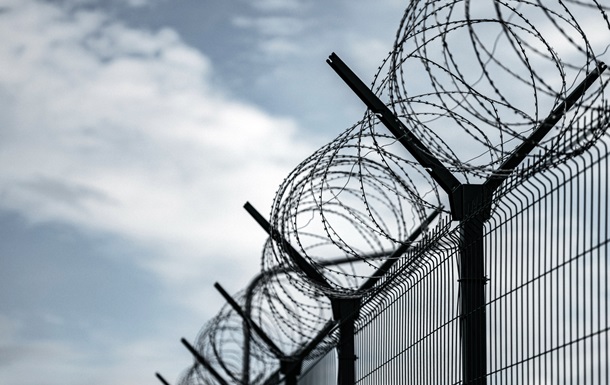Во время ходьбы или бега наши ноги производят вращающиеся движения, которые ортопеды называют супинацией и пронацией. Их выполнение зависит от определённых мышечных групп, которые называются соответственно: супинаторами и пронаторами. При естественном положении во время движения стопа осуществляет контакт с землёй при помощи внешней части пятки. Если же стопа или голеностоп имеют деформации, возможна гиперпронация или гипопронация – патологии при которых стопа или выворачивается внутрь, или напротив – получает нагрузку при соприкосновении с землёй исключительно на внешнюю свою часть.
На практике механизм пронации и супинации выглядит следующим образом: при касании земли свод стопы, имеющий форму дуги, распрямляется (происходит пронация), а при отталкивании от земли заново выгибается – и это называется супинацией.
Особенности пронации и супинации при деформации стопы
Если при здоровом опорно-двигательном аппарате механизм пронации-супинации работает, как часы, обеспечивая амортизацию стопы, то при вальгусном плоскостопии эта связка не работает, поскольку нарушено взаимодействие мышц-пронаторов и супинаторов.
Из-за этого организм при ходьбе испытывает повышенную нагрузку на связки, суставы и мышцы ног. В результате повышается опасность травм. Снизить эту вероятность может обувь со специальной амортизирующей стелькой – супинатором.
Из-за чего развивается гипер- и гипопронация
Медики связывают нарушение работы мышц и связок, обеспечивающих амортизацию, с тем, что современный человек отошёл от естественной практики постоянного хождения босиком: если в прошлом люди постоянно ходили босыми с самого детства, и их стопы постоянно испытывали нужные нагрузки, которые тренировали мышцы-пронаторы и супинаторы, делали их крепче и развитее. Современный человек с детства носит обувь с жёсткой подошвой, которая смягчает контакт с землёй, и соответственно, мышцы не испытывают нужных для тренировки нагрузок. Также не редкость такая патология после травм или при наличии врождённых заболеваний опорно-двигательного аппарата.
Что представляет собой супинатор и какие функции выполняет
Супинатор – это специальное приспособление в виде валика, включённое в стельку, которое помогает сформировать правильный свод стопы, чтобы при ходьбе механизм пронация-супинация начал функционировать. Чаще всего такие супинаторы устанавливаются в специальную ортопедическую обувь.
Существуют и не лечебные супинаторы – они используются в профилактической детской обуви, к примеру https://medilife.com.ua/reabilitaciya/obuv-ortopedicheskaya/. Первые несколько лет практически у всех детей стопа не имеет сформированного свода – его заменяет жировая подушка, которая принимает на себя все потребности в амортизации при ходьбе. Поэтому до двух лет детям обувь с супинатором не нужна. Впоследствии для формирования правильной формы свода рекомендуется использовать обувь с супинатором в профилактических целях.
Лечебные супинаторы-подсводники проектируются и создаются по индивидуальным меркам для каждого ребёнка. Они используются для коррекции неправильного положения свода и фиксации стопы в правильном положении.
Основные функции супинаторов лечебного действия
- Коррекция свода стопы;
- Приведение мышц и связок в анатомическое положение;
- Смягчение ударов при движении;
- Обеспечение устойчивости.
Правильно подобранный супинатор способен решить проблему нарушения супинации-пронации при ходьбе и исправить не слишком тяжёлые патологии стопы. В сложных медицинских случаях супинатор становится частью лечебной программы, которая направлена на исправление деформаций.


 4301
4301












